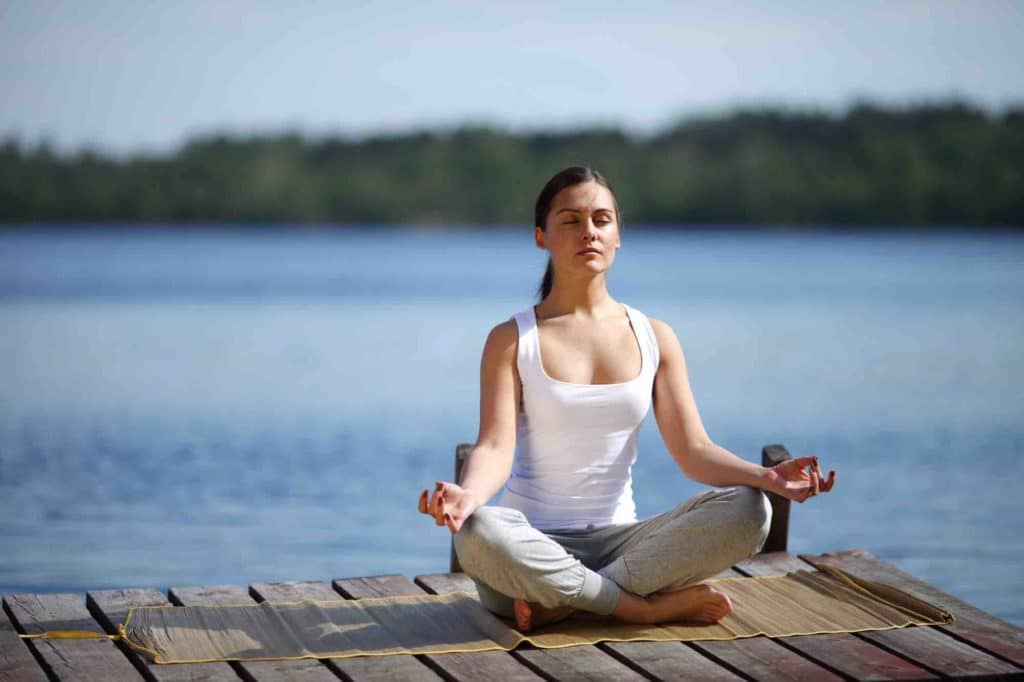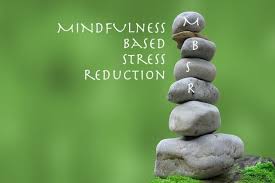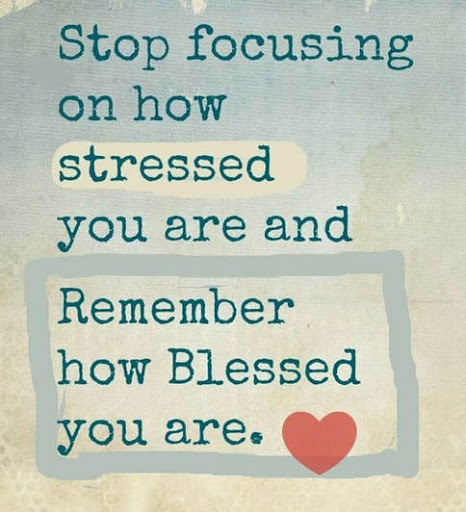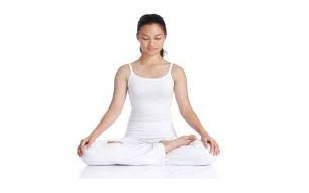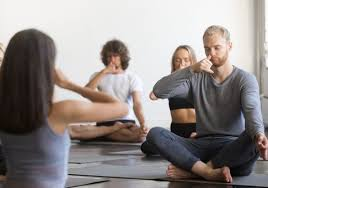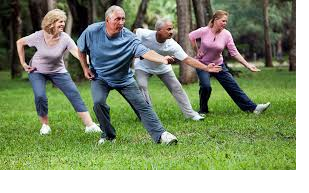
“You can get everything in life you want if you will just help enough other people get what they want.” — Zig Ziglar
According to Tony Robbins, it’s simple:
Ask.
But you have to ask effectively.
You have to ask with precision. You need to ask the right people. You need to ask the right way.
And, you need to keep changing your approach until you succeed.
Ask for Help More Effectively
One of the most powerful things I learned from Tony Robbins long ago was how to ask for help more effectively.
Sure, we get by with a little help from our friends, but we get by a whole lot better if we know how to leverage the world around us, by asking more effectively.
The big surprise for me early on was how hard it is to actually ask specifically.
It’s easy to have a want or a need.
It’s another thing to express that want or need with clarity and simplicity, both to yourself and others.
In fact, once you know how to ask with precision, you’ll start paying attention to how other people ask for what they want or what they need.
And guess what?
You’ll actually be surprised by how most people aren’t very good at this.
That’s why they have a hard time getting what they want.Tony Robbins shares the keys to getting whatever you want, by asking more effectively.
How To Ask More Effectively
According to Tony Robbins here are the steps get whatever you want:
- Ask specifically
- Ask someone who can help you
- Create value for the person you’re asking
- Ask with focused, congruent belief
- Ask until you get what you want
1. Ask Specifically
To get what you want, you have to know what you want. In detail. You have to be specific.
Tony Robbins writes:
“You must describe what you want, both to yourself and someone else.
How high, how far, how much?
When, where, how, with whom?
If your business needs a loan, you’ll get it — if you know how to ask. You won’t get it if you say, ‘We need more money to expand into a new product line. Please lend us some.’
You need to define precisely what you need, why you need it, and when you need it. You need to be able to show what you’ll be able to produce with it. You need to be able to show what you’ll be able to produce with it.”
2. Ask Someone Who Can Help You
All too often, we ask the wrong person. To get what you want, you have to ask somebody who can actually help you.
Tony Robbins writes:
“It’s not enough to ask specifically, you must ask specifically of someone who has the resources — the knowledge, the capital, the sensitivity, or the business experience. Let’s say you’re having trouble with your spouse. Your relationship is falling apart. You can pour out your heart. You can be as specific and as honest as humanly possible. But if you seek help from someone who has as pitiful a relationship as you do, will you succeed? Of course not.
Finding the right person to ask brings us back to the importance of learning how to notice what works. Anything you want — a better relationship, a better job, a smarter program for investing your money — is something some already does. The trick is to find those people and figure out what they do right. Many of us gravitate toward barroom wisdom. We fine a sympathetic ear and expect that to translate to results. It won’t unless the sympathy is matched by expertise and knowledge.”
3. Create Value For the Person You’re Asking
People will be more likely to help you if you create value for them in some way, shape, or form.
Tony Robbins writes:
“Don’t just ask and expect someone to give you something. Figure out how you can help them first. If you’ve had a business idea and need money to pull it off, one way to do it is to find someone who can both help and benefit. Show them how your idea can make money for you and for them as well. Creating value directly doesn’t always have to that tangible.
The value you create may only be a feeling or a sensibility or a dream, but often that’s enough. If you came up to me and said you needed $10,000, I’d probably say, ‘So do a lot of other people.’ If you said you needed the money to make a difference in people’s lives, I might begin to listen. If you specifically showed me how you wanted to help others and create value for them and yourself, I might see how helping you could create value for me as well.”
4. Ask with Focused, Congruent Belief
You have to be convincing. If you don’t believe in what you’re asking for, why should anybody else.
Tony Robbins writes:
“The way to ensure failure is to convey ambivalence. If you aren’t convinced about what you’re asking for, how can anyone else be?
So when you ask, do it with absolute conviction. Express that in your words and your physiology.
Be able to show that you’re sure of what you want, you’re sure you’ll succeed, and you’re sure you will create value, not just for you but for the person you’re asking as well.”
5. Ask Until You Get What You Want
If at first you don’t succeed, try, try again. But change your approach, or who you’re asking.
Tony Robbins writes:
“That doesn’t mean asking the same person. It doesn’t mean asking in precisely the same way. Remember, the Ultimate Success Formula says you need to develop the sensory acuity to know what you’re getting, and you have to have the personal flexibility to change.
So when you ask, you have to change and adjust until you achieve what you want.
When you study the lives of successful people, you’ll find over and over again that they kept asking, kept trying, kept changing — because they knew that sooner or later they would find someone who could satisfy their needs.”
Your Passion = Your Success in Business

This part needs to be broken down into sub parts. When one is passionate about his/her – job, business or career many things happen
- c: You need to work harder and in more passionate way to achieve success in Business.
- Work in a Smarter way: Only hard work is not sufficient your need to work smartly too and need to have a creative mind for solving business related problems.
- You need to be Better Focused: Studies are the proof that when you enjoy what you do, you will not be easily distracted. Thus, procrastinate is not an issue. You can stay focused for extended period of time when your work is according to your interest.
- Tend To Set Bigger Goals: Start setting your business with small goals on monthly basis and after you achieve them successfully move towards bigger goals for year. Setting goals motivate you and makes you passionate to work hard in order to achieve them.
- Your Business Attract People: When your business is going good. Many people find it attractive to join you and earn profit. You may get an angel investor for your business which can help you earn more profit.
you have a choice to sucssess in your way and better To make progress on your goals, try these three strategies to change your perception of your target.



